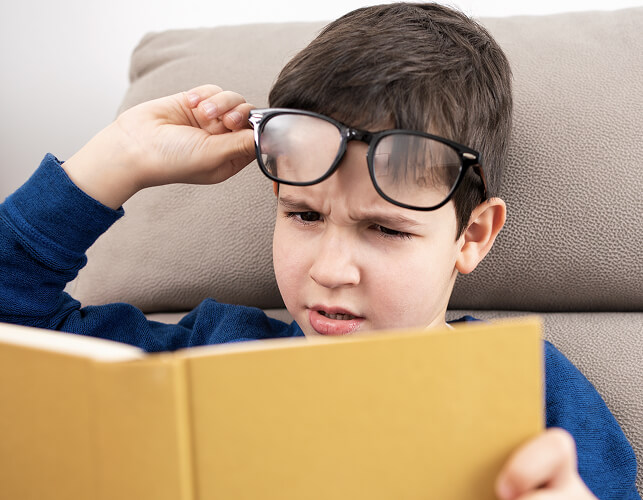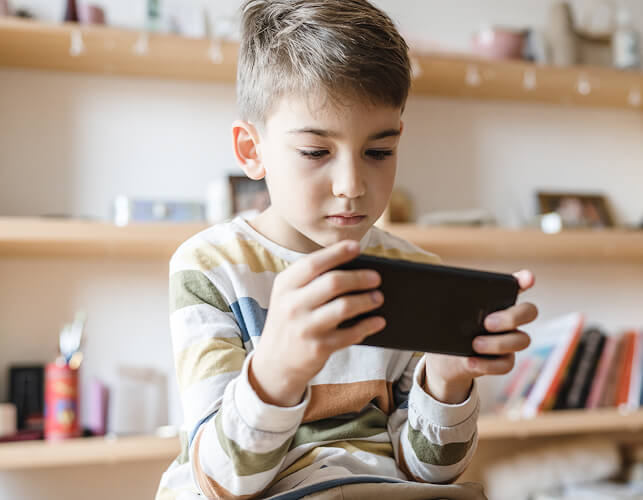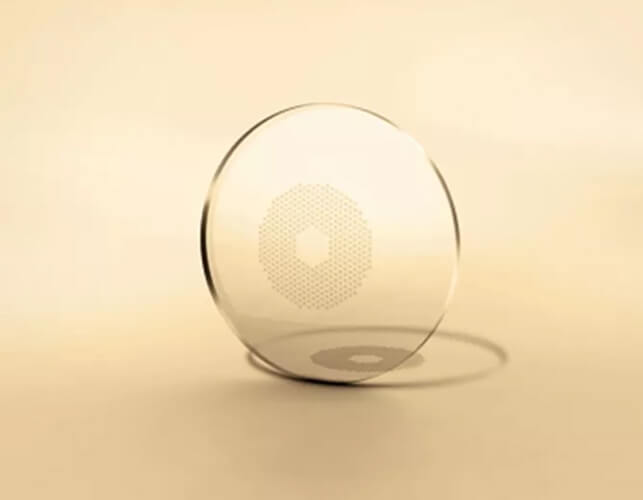Myopia Control
Myopia, more commonly known as short-sightedness, is when distant objects appear blurry while closer details remain clear. It happens because the eye grows too long or the cornea is too curved. As a result, light focuses in front of the retina rather than directly on it.

A growing concern
Myopia is rapidly becoming a global epidemic. Research shows that by 2050, nearly half the world's population may be myopic. Even more concerning is that children are developing myopia at younger ages. UK studies indicate that myopia in kids has more than doubled in the past 50 years. Approximately 20% of UK youngsters are now affected.
Myopia typically gets worse throughout childhood and teenage years, so the earlier it develops the more likely it is to progress to high levels.
Risk factors
Several factors contribute to myopia development:
Genetics
Children with one myopic parent have a 3x higher risk of myopia which doubles when both have the condition.
Too much screen time
Extended periods of close-up work, particularly on digital devices, has been strongly linked to myopia advancement.
Reduced outdoor time
Research suggests that insufficient exposure to natural light is a significant factor in myopia progression.


Beyond blurry vision
High myopia isn't just about stronger prescriptions, it also significantly increases the likelihood of serious eye conditions in adulthood, including:
- Retinal detachment – when the retina (which sends signals to the brain) pulls away from its normal position.
- Glaucoma – a group of conditions causing damage to the optic nerve.
- Early-onset cataracts – a clouding of the eye’s lens.
- Macular degeneration – damage to the macula, which impacts the central vision.
Modern myopia management
Luckily, advanced technology is available to help slow myopia progression. At Ashdown and Collins Eyecare, we specialise in two leading myopia control approaches.
MiYOSMART spectacle lenses
These innovative lenses feature D.I.M.S. (Defocus Incorporated Multiple Segments) technology that can slow the condition’s development by an average of 60%, with some patients experiencing even better results.
MiYOSMART lenses look like regular glasses and are suitable for children of all ages, making them a convenient way to manage myopia.
MiSight 1-day soft contact lenses are specifically designed for myopia control. These daily disposable lenses incorporate ActivControl Technology, which has been clinically proven to slow advancement by an average of 59% while providing clear vision throughout the day.
We fit MiSight lenses for children from age 11 through to 21 years and we offer training and support to make sure your child is comfortable wearing them.


Lifestyle recommendations
As well as myopia management lenses, we also recommend:
- Your child spends at least 2 hours outdoors daily in natural light.
- Taking regular breaks from screens.
- Maintaining proper reading distance (about 30cm) from books and devices.
Protect your child's future
Early intervention has a big impact. The sooner myopia management begins, the more effective treatment is. And, in our expert hands, you can rest assured, we’ll find the managing solution that best fits your child’s needs.
To ensure your little one’s eye health is at its best, book a children's eye examination online or call us to discuss our myopia management options. A small step today could have a big impact on their future.

Book your eye examination today
Protect your vision and eye health with our comprehensive eye examinations. Book online via our convenient web diary system or call our friendly team to find a time that works for you.
Don’t wait – book an appointment today and give your eyes the VIP treatment they deserve.
